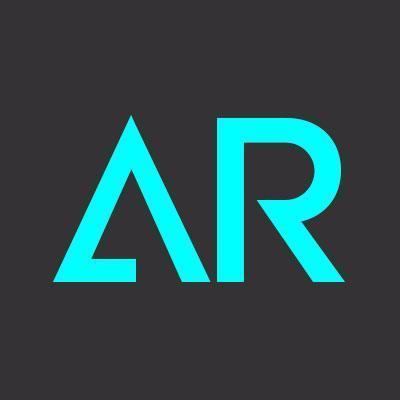Original author(s) | Type 3D graphics | |
 | ||
Initial release 1999; 18 years ago (1999) Stable release 5.3.2 / March 23, 2016; 11 months ago (2016-03-23) Operating system License GNU Lesser General Public License v3.0 with special exemptions. | ||
ARToolKit is an open-source computer tracking library for creation of strong augmented reality applications that overlay virtual imagery on the real world. Currently, it is maintained as an open-source project hosted on GitHub. ARToolKit is a very widely used AR tracking library with over 160,000 downloads on its last public release in 2004.
Contents
In order to create strong augmented reality, it uses video tracking capabilities that calculate the real camera position and orientation relative to square physical markers or natural feature markers in real time. Once the real camera position is known a virtual camera can be positioned at the same point and 3D computer graphics models drawn exactly overlaid on the real marker. So ARToolKit solves two of the key problems in Augmented Reality; viewpoint tracking and virtual object interaction.
ARToolKit was originally developed by Hirokazu Kato of Nara Institute of Science and Technology in 1999 and was released by the University of Washington HIT Lab. In 2001 ARToolWorks was incorporated, and v1.0 of the open-source version of ARToolKit was released through the HIT Lab. ARToolKit was one of the first AR SDKs for mobile, seen running first on Symbian in 2005, then iOS with the iPhone 3G in 2008, and finally Android as early as 2010 with a professional version by ARToolWorks later in 2011.
ARToolKit was acquired by DAQRI and re-released open-source starting at version 5.2 on May 13, 2015, including all of the features that were previously only available in the professional licensed version. Among these features are mobile support and natural feature tracking.
Features
Operating systems
The current version of ARToolKit supports Microsoft Windows, Mac OS X, Linux, iOS, and Android platforms. Other versions of ARToolKit have also been ported to Symbian, and Windows Phone to support mobile AR applications.
ARToolKit is also available as a plugin for the Unity game engine for example to align a virtual camera within Unity with a real-world camera relative to a tracked marker target and taking care of communicating with the camera. The plugin supports Unity on OS X, Unity on Windows, Unity on Android, and Unity on iOS.
